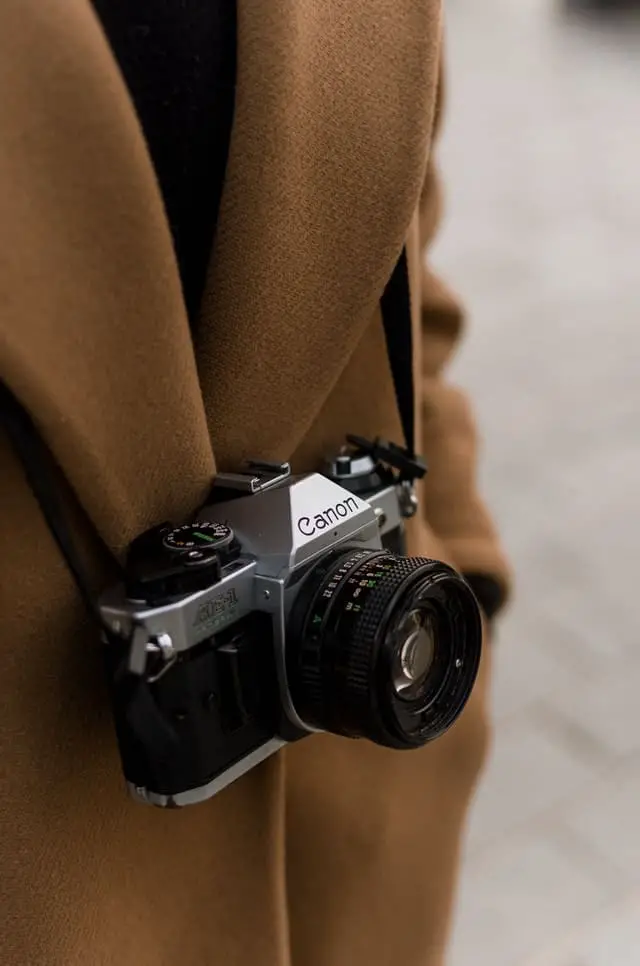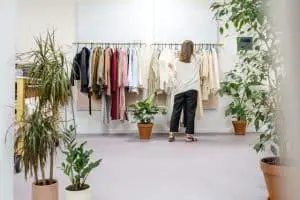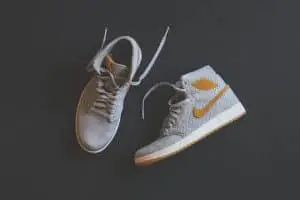Gender-neutral is defined as “ Suitable for, applicable to, or common to both male and female genders.” The notion of not identifying by any specific gender is familiar and accepted by our society. The idea of a “ gender” is used to align an individual with the social, cultural, and beauty expectations of a person’s biological sex. We see these constructs in fashion as well. Throughout the history of fashion, we have seen a clear division between men’s and women’s designs. As it is more common and acceptable to view oneself without identifying as any specific gender in today’s population, it is beginning to reflect in the world of clothing. Today, we will be exploring the history of gender neutral fashion and what role gender neutrality will play in this industry.
When Did Unisex Fashion Become Popular?
The introduction of crossing gender barriers in dress started during WWII. As women were taking on male-dominated jobs, more masculine articles of clothing such as pants were being worn by women. Though small in hindsight, these adjustments were major at the time, thus beginning to smudge the line between mens and womens clothing.
When we transition into the late 1960’s, we see designers such as Pierre Cardin, Andre Courreges, Mary Quant, and Paco Rabanne pioneered the ‘ Space Age’. The Space Age was filled with bold geometric patterns and sleek silhouettes that were modeled by both men and women. This movement introduced the concept of creating prints and silhouettes that were intended to be worn by both men and women.
During the 1970’s, His’n’Her ponchos were a major trend in western fashion. Unisex patchwork denim sets and fleece loungewerar were popular in this time period as well. Salons were beginning to service both men and women clientele. This carries the idea of a piece of clothing designed for both men and women forward in fashion
It was also around this time that gender barriers began to fall in the workplace environment. The female power suit became the staple uniform as women became more present in a male-dominated workforce. It mimicked a mens business suit, but constructed with shoulder pads and vibrant colored fabric. In 1987, Margaret King ( Margaret Thatcher’s stylist) explained why the former Prime Minister wore these power suits as she said Thatcher was “ in a man’s world, and had to look the part”. As women fought for their place in the workforce, their form of dress resembled that of their male counterparts in order to gain more respect in their job environment”.This is the first time we see womens wear directly cross over into mens clothing.
Today, unisex clothing is very common amoung designer collections and clothing lines. We have witnessed the evolution of this new category of fashion throughout history. Now we look towards the future to see the extent of unisex clothing and its influence in fashion.
Modern Exchange Between Mens And Womens Fashion
Unisex fashion has begun to blur the lines between mens and womens fashion. Acceptable clothes worn by women such as pants and suits were sparking controversy and revolution no more than 80 years ago. We see the progression in gender neutral clothing in modern dress as well through various outlets.
Various celebrities are stepping up to support fluidity in fashion. Harry Styles has been a great example of this. Doing his interview with Vogue in December of 2020, he wore various feminine pieces such as a belted skirt ( designed by Chopova Lowena) and a dress (by Gucci) Harry stated during the interview “ I find myself looking at women’s clothes, thinking they’re amazing”. Designers are also taking part in this movement such as the world renowned design brand Telfar. Launched in 2005, Telfar’s slogan is “ not for you, for everyone”.
Though not necessarily to the extent of influencers such as Harry Styles, all around us we see gender norms in fashion being bent. We see average men becoming more comfortable wearing feminine colors, fabrics, and styles. Women are wearing more masculine cuts and silhouettes as well. NYX has even begun to advertise their tinted moisturizer to both men and women and feature men in their ads and product reviews. As we see the division of mens and womens beauty begin to close, we ask if this will become the future of fashion and how we can participate.
Identifying as neither strictly male or female has become more and more accepted in today’s world. People of the transgender, nonbinary and other gender non conforming communities are demanding respect, acceptance, and equality for their identity. This comes with how one chooses to dress as well, as clothing is a silent way to express your individuality. As your business grows, try to be more inclusive. Incoportae more unisex clothing, or any clothing that has no strict gender indications. Another tip on how to be more inclusive is to market any type garment being worn by either a man, woman, or member of the transgender or non-binary community. Design a collection or line of clothing that can be worn by both men and women. These steps will help individuals of all genders and identities feel that they have a place in fashion.







